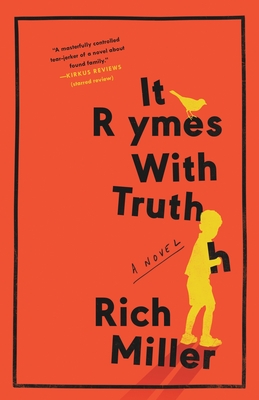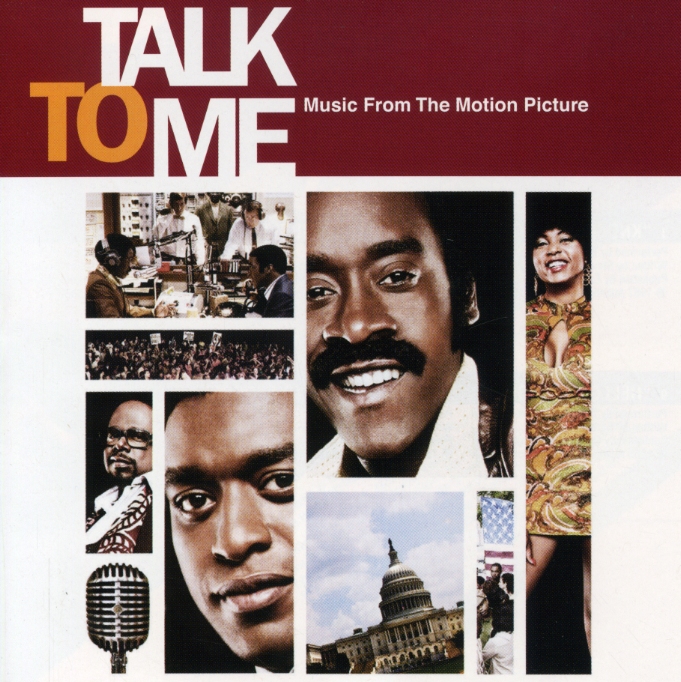
When Katherine Pettit and May Stone arrived in the rural Appalachian mountains of eastern Kentucky to engage in social settlement work in the late 1800s, they were unmarried outsiders, living in pitched tents on the side of a hill, and perceived as odd, peculiar -- and "quare" (the local pronunciation of "queer"). Yet these strong, capable educators wanted to "learn all we can and teach all we can," and in doing so would persevere to establish the Hindman Settlement School in 1902. When Lucy Furman arrived at the school five years later, she was already an accomplished writer, but used her two decades of living and working at the school as fruitful and prolific inspiration for her beloved novels.
Printed for the first time since 1941, this lightly fictionalized account of Pettit's and Stone's entrances into the Hindman community offers the contemporary reader a unique look at this country's early rural/urban divide. From the time of its first publication in The Atlantic to the last edition of the bound book, The Quare Women was a big success. Readers loved the book's dramatic adventure and romance, as well as the real-life research that Furman used to create the story.
To this day, the Hindman Settlement School believes in "honoring the past, improving the present, and planning for the bright and colorful future of Central Appalachia." This book endures as a lasting testament to the spirit and legacy of these trailblazing women.







